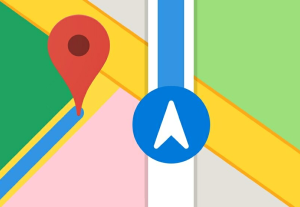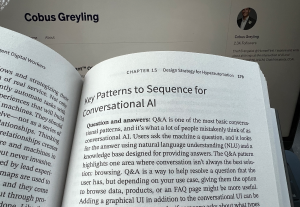- Accessibility, Apple, Apple iOS, Consumer products, Contextual User Studies, Customer Experience, Data visualization, Design, Google, Information Design and Architecture, iPhone, Location-Based Services, Mobile Applications, Mobile Technology, Things UX People Like, Usability, Visual Design
A deep dive into the map apps rivalry.
Article by Peter Ramsey
Apple Maps vs Google Maps
- Apple and Google have battled for control of the map applications market for almost ten years. The article provides an illustration of the advantages and disadvantages of each app.
- The success of Google Maps can be explained by the following aspects:
- The breadth of data.
- Better сontextualization of data.
- Reliability partners for sourcing data.
- Accuracy of routes and shortcuts for pedestrians.
- Nevertheless, Apple has some strong features, especially when it comes to handling stressful situations (e.g. calming and very human narration, detailed parking location information).
Share:Apple Maps vs Google Maps
Share this link
- December 21, 2022
7 min read







